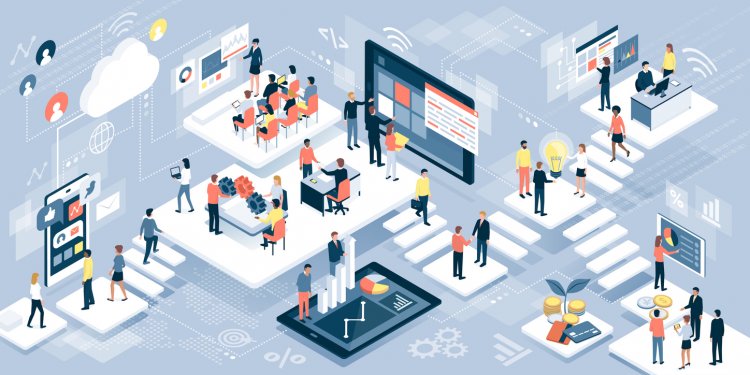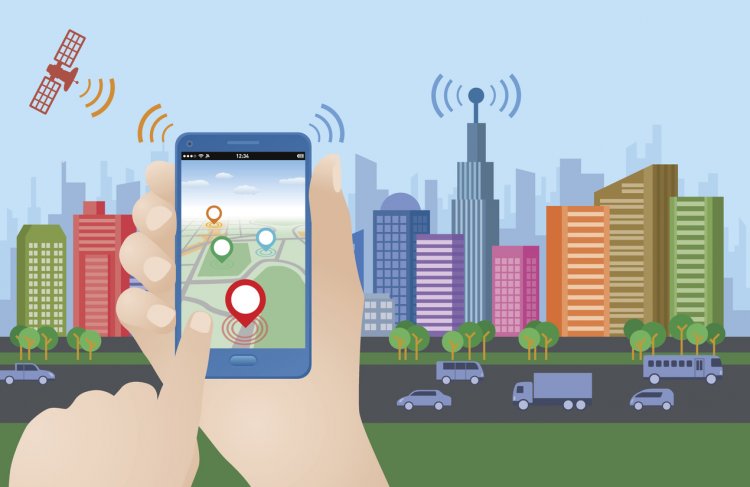4 Reasons Vietnam Is The Next Frontier For Smart Cities
Vietnam has come a long way in the last 40 years. It has risen up from the turmoil and destruction of war to become a thriving, growing country that is a tourist destination for many across the world. This growth has put Vietnam in a unique position, as it needs to put systems and infrastructure in place to fuel this growth, but it lacks many of the building blocks for easy technology installation. Despite this apparent disadvantage, government leaders in Vietnam are committed to not allowing their rapid expansion come at the destruction of its people or its resources, making the country a prime candidate for smart city technology.

Vietnam has come a long way in the last 40 years. It has risen up from the turmoil and destruction of war to become a thriving, growing country that is a tourist destination for many across the world.
This growth has put Vietnam in a unique position, as it needs to put systems and infrastructure in place to fuel this growth, but it lacks many of the building blocks for easy technology installation. Despite this apparent disadvantage, government leaders in Vietnam are committed to not allowing their rapid expansion come at the destruction of its people or its resources, making the country a prime candidate for smart city technology.
Vietnam is on the cusp of becoming the next frontier for smart city technology implementation, and here are 4 reasons why:
Large Centers of Population
 Vietnam has six cities with populations over 1 million, and two of those are home to more than 7 million people each.
Vietnam has six cities with populations over 1 million, and two of those are home to more than 7 million people each.
In addition to the main city centers, there are several cities with populations over 300,000.
Having population centers this large means that they each need a variety of services to continue to compete with more modernized cities. Features such as smooth public transportation, advanced data analysis, widespread communication with citizens, and the need to create a sense of community are necessary in all cities, whether in Europe, North America, or Asia.
Vietnam’s large cities are old, with aging infrastructure and often piecemeal construction. Using the technology that smart cities provide helps all these different pieces of the city gel together more smoothly, making it a more pleasant place to live and for tourists to visit.
Additionally, basic functions such as trash takeaway, power sources, and pollution control are required for a large city to run well and thrive. The streamlined technology and communication offered by smart city technology makes bringing together all the necessary functions of governing a city easier, creating fewer bumps and hurdles for citizens and leaders as the city grows.
Exponential Economic Growth
Vietnam has experienced strong economic growth in recent years, with 2017 showing 6.8% growth over 2016.
This growth is great news for Vietnamese businesses and the government, as more money is flowing into the country. The average citizen gains access to more money, which increases purchasing power and, in turn, increases demand for consumer goods and other services.
A thriving country needs more goods, more workers, and more infrastructure to support everything.
The technology that comes with smart cities not only brings together everyone and everything already in a city, but it also makes future rapid growth easier. It gives leaders scalable solutions for things such as public transportation, as they can use the data collected by smart city technology to analyze the effectiveness and usage of their current bus or train routes and add more if necessary to support ridership.
For new citizens, smart city technology can be used to welcome them to the community by providing a centralized resource for energy bills, local laws, and helpful announcements. They even can be used to provide a community message board where residents can discuss community issues and build a sense of belonging and connection.
Expanding Internet Access
 The Vietnamese government has worked to bring its citizens into the digital age by expanding internet access, with more than 55 million having access in 2018.
The Vietnamese government has worked to bring its citizens into the digital age by expanding internet access, with more than 55 million having access in 2018.
Access to the internet also means access to a whole host of new economic and social opportunities. People who may not have been able to find a job in data entry or who couldn’t find buyers for their crafted goods locally now can get paying jobs in another country with the help of their computers or smartphones.
This access also allows city leaders to communicate directly with citizens, warning them of traffic delays or impending weather events.
With this expanding access and connectivity comes the opportunity for city leaders to take things to the next level and allow citizens to plug into the city itself, so to speak.
Moving utility bills, public notices, and more to the internet through smart city technology not only makes it easier for everyone to access, but it saves cities significant time and money that would otherwise be spent on paper, postage, or delivery of this information.
It also allows city leaders to gather better data about utility usage, public transportation, traffic flow, and more, helping them make smarter, more informed decisions for the future and making the city a better place for everyone.
Need for Cleaner Energy
With rapid growth and aging infrastructure comes a choice: Keep energy production and usage the way it is, or change things?
While Vietnam’s rapid growth could signal an increased need for and use of coal and other traditional energy sources, its leaders have said they are committed to looking into cleaner, more modern energy alternatives to help fuel their country’s growth without damaging the environment.
Smart city technology can support this goal by first gathering data about where energy usage is now, and then helping support the move to clean energy.
As a first step, smart city technology can see where most of a city’s energy is being used, and recommend improvements. The data that is gathered can be used to determine what type of clean energy should be employed, as well as where its vital components, such as turbines or generators, should be located throughout the city.
Once clean energy is in place, ongoing data collection and analysis can help spread the energy usage throughout the city more equally, shifting clean generated energy in place of traditional sources.
Making Cities Smarter with @Assist Tomo
Connecting cities with technology is important to the future of well-functioning, high-performing cities. With @Assist Tomo, you not only get the ability to collect and analyze high-level data on energy use, transportation, and more, but you get the option to connect your citizens to one another, building a unique community that wasn’t available before.

 contact@atassist.com
contact@atassist.com 





